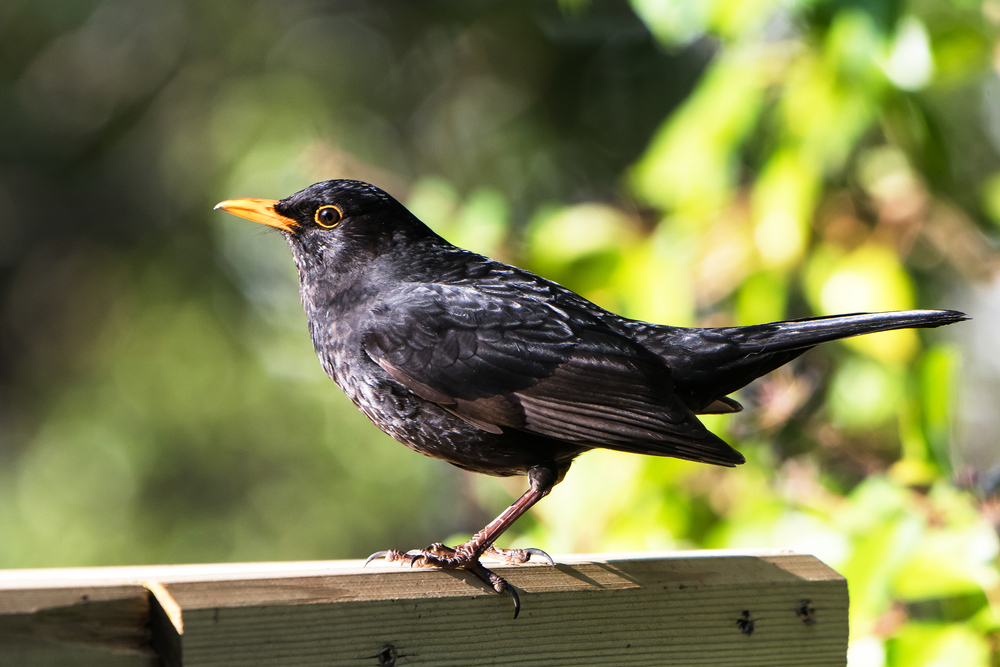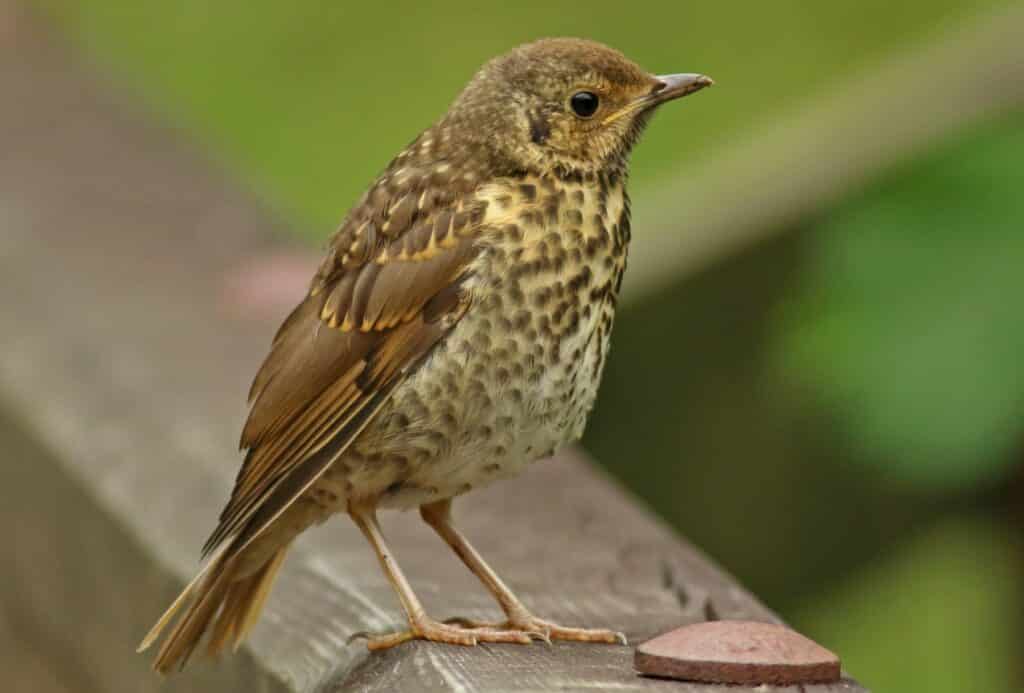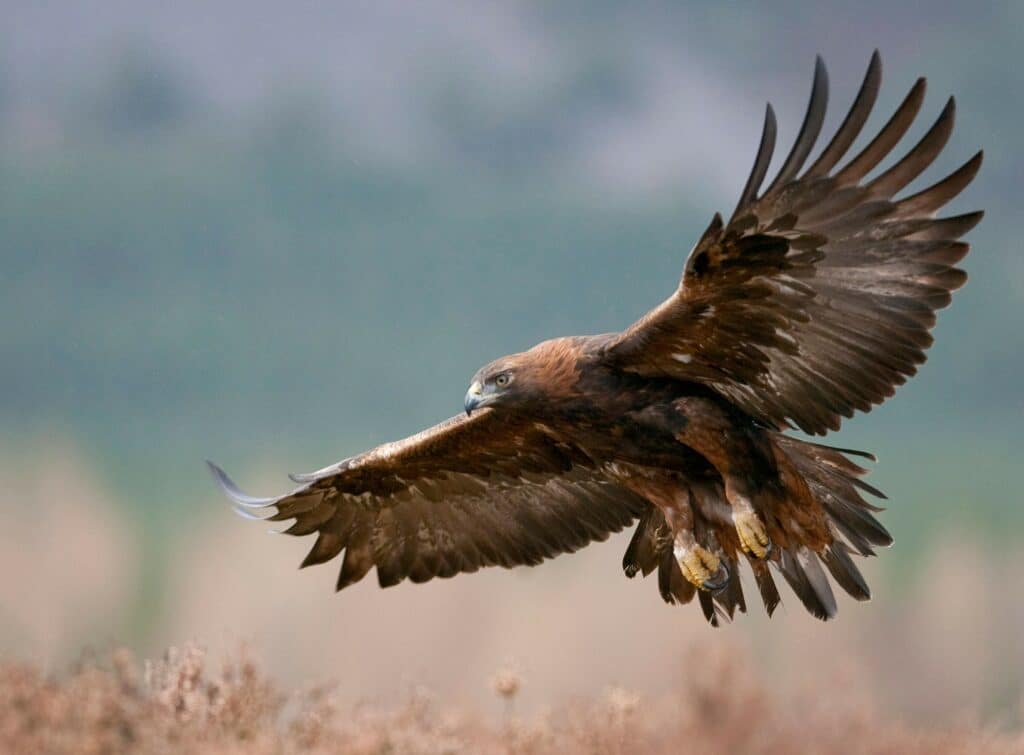Do you ever wonder about the intricate and fascinating world of bird nesting habits? British avian architecture is full of surprises, with each species adapting their nests to fit their unique needs. From the tiny wren to the robust blackbird, understanding these nesting habits can give us insights into the behaviour and survival mechanisms of our feathered friends.
In this article, we will explore the diverse nesting habits of some popular bird species found in Britain, including wrens, robins, blackbirds, sparrows and finches. We’ll delve into different nest shapes and sizes that each species uses for protection and cover from predators. Discover how humans can help preserve vital nesting habitats for birds. By understanding more about these amazing creatures’ adaptations to survive in our environment, we can better appreciate the beauty and complexity of avian architecture.
The Nesting Habits of Wrens

You’ll be amazed at how tiny wrens are able to build their nests, using only twigs and grasses woven together into a cosy little home. During the breeding season, male wrens will build multiple nests in hopes of attracting a female mate. Once he has successfully wooed his lady love, the pair will choose one of the nests and line it with soft materials such as feathers or moss.
Despite their small size, wrens have a high nesting success rate due to their strategic placement of their homes. They tend to build their nests in shrubs or thick vegetation where they are well-hidden from predators. Additionally, wrens are known for being fiercely territorial and will defend their nest against any perceived threats. With dedication and resourcefulness, these tiny birds create safe havens for themselves and their young during the breeding season.
The Nesting Habits of Robins

Robins are known for their exceptional breeding behaviour. They start building their nests early in the season, usually from March to July. The robin’s nest is a cup-shaped structure made of grasses, twigs, leaves, and mosses. It can be found in various locations such as tree branches, shrubs, and even on man-made structures like walls or garden sheds.
One fascinating fact about robin nesting habits is that they often reuse old nests from previous years. This means that the same nest can be used for several breeding seasons if it remains intact. Moreover, robins exhibit high nesting success rates due to their ability to adapt well to different environments and defend their nests against predators. Watching these birds build their homes and care for their young is truly a remarkable sight.
The Nesting Habits of Blackbirds

Blackbird nest structure varies greatly depending on the location of the nest. In areas with dense vegetation, such as shrubs or hedges, blackbirds will construct a cup-shaped nest made of twigs, grasses and leaves. The inside lining is usually made of mud and soft material like moss or feathers.
Blackbirds also have been known to build nests in more unusual locations such as abandoned buildings or car engines. These nests are often constructed with materials like string, hair and even paper. However, regardless of the location or materials used, blackbirds take great care in building a secure home for their offspring. It’s amazing to see how these birds use what’s available in their environment to create a safe haven for their young.
The Nesting Habits of Sparrows
If you’re lucky enough to witness a sparrow nest being built, you’ll be amazed at how meticulously these tiny birds construct their homes using twigs, grasses, and even bits of human-made materials like string or plastic. Sparrows are known for their diverse nesting behaviour, with some species building nests in trees while others prefer to nest on the ground. However, recent studies have shown that the sparrow population is declining due to climate change and urbanisation.
Climate change is causing changes in temperature and precipitation patterns that affect the availability of food sources for sparrows. Additionally, urbanisation has led to a loss of natural habitats for sparrows as cities continue to expand. With fewer suitable nesting sites available, sparrows are struggling to adapt and maintain their populations. It’s important for us as humans to take steps towards creating more sustainable environments and protecting natural habitats so that sparrows can continue to thrive in our communities.
The Nesting Habits of Finches

Finch nesting behaviour is fascinating, as these birds exhibit an array of feeding strategies and breeding cycles. Finches are known to be meticulous builders, taking great care in constructing their nests with precision and attention to detail.
Finches typically construct their nests from twigs, grass, moss, leaves, and other plant materials. The size of the nest depends on the species of finch, but most are compact structures that resemble a cup or bowl shape. These nests are usually found in trees or bushes, where they are well-hidden from predators. As for feeding strategies, finches tend to eat seeds and insects during the breeding season when they need more protein to raise their young. Overall, it is fascinating to observe these tiny birds as they build intricate homes for their offspring using only natural materials found in their environment.
The Nesting Habits of Thrushes

Thrush nest materials vary depending on the species, but they usually include twigs, grass, leaves, moss, and mud. They use different materials to construct the outer shell of the nest and line it with soft materials like feathers or fur for insulation.
Thrush nesting locations are also diverse as some species prefer to build their nests high in trees while others choose shrubs or low bushes. Some thrushes even make ground-level nests in dense vegetation or on rocky ledges. Their choice of location usually depends on factors such as protection from predators and exposure to sunlight. It’s fascinating how these small birds can create such intricate structures that offer both safety and comfort for their offspring.
The Nesting Habits of Woodpeckers

Woodpeckers use their strong bills to excavate holes in trees and create cosy homes for their young. Woodpecker nesting behaviour varies depending on species, but they generally prefer to build their nests in deciduous or coniferous forests with plenty of mature trees. They often choose trees that are already damaged or diseased, making it easier for them to excavate a hole.
Once a suitable tree is found, woodpeckers will begin chiselling away at the bark and digging out a hole using their sharp beaks. The entrance hole may be small, but inside lies a spacious cavity where the birds can raise their young. Some species even line the nest with bits of bark or wood chips for added insulation. Woodpecker nests can take anywhere from several days to several weeks to complete, depending on the size and complexity of the cavity.
The Nesting Habits of Eagles

Eagles, with their incredible wingspans and sharp talons, construct massive nests high up in trees or on rocky cliffs to protect and nurture their young. These majestic birds are known for their strong nesting preferences, often returning to the same site year after year. Unlike some other bird species that build new nests each breeding season, eagles will add onto existing structures to create larger and more sturdy homes for their offspring.
Eagle nesting behaviour also involves the strategic placement of the nest. They prefer locations that provide easy access to food sources, such as rivers or coastlines where fish are plentiful. Additionally, eagles will choose a spot that offers protection from predators and harsh weather conditions. It’s not uncommon for an eagle nest to weigh over a ton due to the materials used in construction – large branches, sticks, grasses and moss all contribute to creating a safe haven for the baby eaglets.
Conclusion
Now that you have learned about the diverse nesting habits of British birds, you can appreciate the intricacies of avian architecture. From the wren’s domed nest to the sparrow’s cup-shaped nest, each species has unique adaptations for protection and survival. Their ability to build nests is crucial for their reproduction and success in the wild.
As humans, we can help preserve avian nesting habitats by providing birdhouses or leaving natural areas untouched for them to build their homes. By understanding and respecting these important behaviours, we can ensure that future generations will be able to witness the beauty of British birds and their incredible nesting abilities.
Sam loves to learn about animals and their habitats. He has been a nature lover from a very young age, and has been writing papers and articles about wildlife for as long as he can remember.
